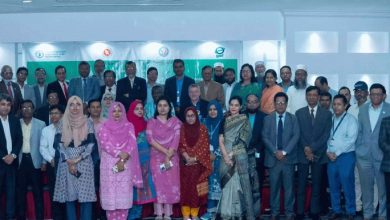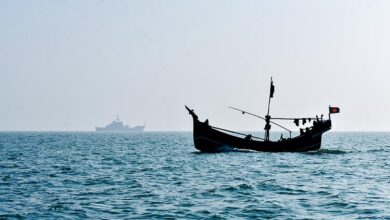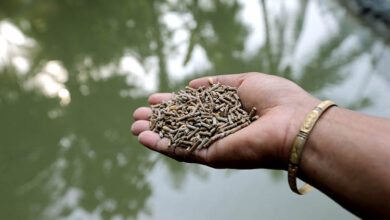
Bangladesh has taken initiatives to expand its fisheries industry, with the goal of increasing export revenues in response to international market demand.
Bangladesh generates a significant amount of foreign revenue by exporting fish, shrimp, and other fisheries or fishing-related goods.
Bangladesh has primarily three types of key fisheries resources that contributes to the economy.
Inland fisheries include rivers, ponds, estuaries, beels, floodplains, haors, bays, brackish water, and so on. Bangladesh currently accounts for a tenth of the world’s total inland water capture fish production, producing approximately 1.2 million tons per year.
Aquaculture is also an important source that has dramatically improved fish output. Bangladesh’s quick expansion in aquaculture production has reduced poverty, boosted protein intake, and decreased fish costs.
Although aquaculture productivity has grown, open-water fish production remains modest. Currently, inland open water accounts for just around 28.45% of total fish output.
Bangladesh’s marine fisheries resources, however, have mostly gone unexplored. The Bay of Bengal in the southern Bangladesh has a total area of 166,000 square kilometers of water, including an Exclusive Economic Zone (EEZ), however, fishing is restricted to areas within 200 meters of depth.
During the 2020–21 fiscal year, Bangladesh exported fish worth 482 million US dollars, while the country’s domestic fish production was 4.62 million metric tons. The country’s gross domestic product was 3.57% that derived from the fishing industry.
Bangladesh now produces an average of 4.4 million tons of fish annually, up from 1.8 million tons in 2000. Ten years ago, the country’s Hilsa catch was barely 0.3 million tons annually; while now, it exceeds half a million tons.
But what is the reason behind Bangladesh’s tremendous success in fish production growth?
“We maintain an international standard laboratory to assure product quality. Bangladesh has established essential policies, notably the ‘Fish and Fish Products Act’, to improve the fisheries sector,” Fisheries and Livestock Minister SM Rezaul Karim told an international forum in the United States.
The minister also informed the audience that the fisheries administration had been assisting local farmers in increasing output through the cluster-based project.
Fish prices were high in the 1980s and 1990s, contributing to the country’s poor nutrition. However, as aquaculture technology advanced, fish output doubled between 2000 and 2010, prices declined, per capita annual fish intake increased nationwide, and the rise of pond fisheries created additional jobs.
Furthermore, better infrastructure and information availability result in decreased transaction costs. Bangladesh has substantially improved its roads, rural power, and telecommunications connectivity.
As a result, fish trading and marketing expenses have decreased proportionally. Fish value chains now have fewer participants per unit of output. While the number of dealers has grown, fish output has increased significantly.
In recent years, fish researchers and scientists in Bangladesh have also succeeded in establishing a gene bank for conserving indigenous fish species and restoring breeding of at least 24 out of 64 nearly extinct native fish species.
However, Bangladesh has yet bigger plans to increase fish production and stretch the success graph to a higher level.
Bangladesh Fisheries Minister has now requested international collaboration in implementing third-party certification to secure fair rates for Bangladeshi shrimp in export destinations.
The Minister Rezaul Karim has also inaugurated a web portal for revitalisation of black tiger shrimp community.
To fully achieve Bangladesh’s potential, authorities and researchers must identify and overcome productivity challenges, and need to act accordingly.
Jaber Bin Abdul Bari
Department of Oceanography, NSTU




